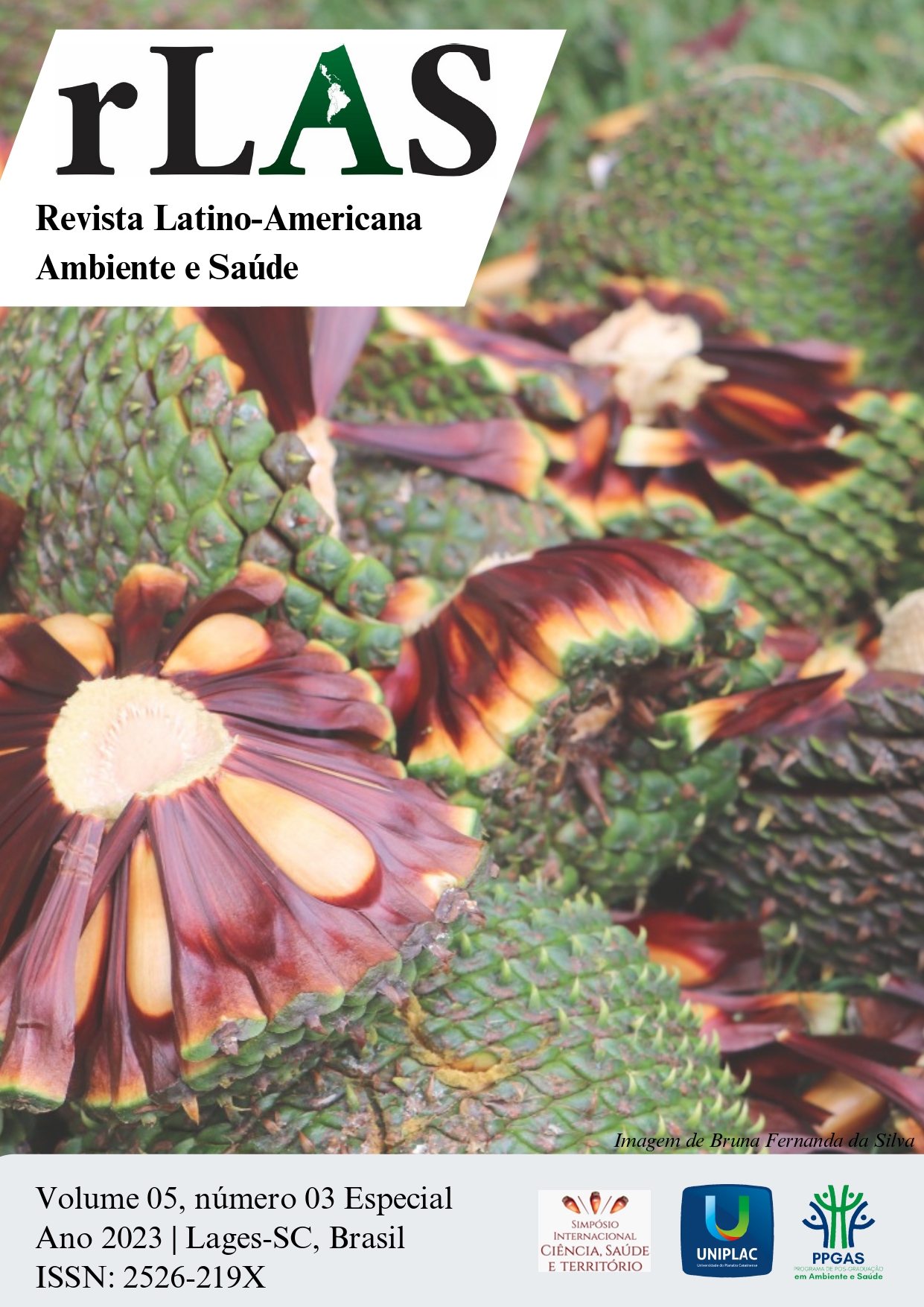Inoculação da aveia branca para cultivo com menor impacto ambiental
Keywords:
Aveia, Fertilizantes, InoculaçãoAbstract
Oats are one of the main annual pastures cultivated in the winter period in the southern region of Brazil, and studies point to the potential use of growth-promoting bacteria in this crop. Diazotrophic bacteria such as the genus Azospirillum have the ability to change the morphology of the root system of plants, favoring the absorption of poorly mobile nutrients, such as phosphorus. Phosphate-solubilizing bacteria, such as Bacillus subtilis and Priestia megaterium, increase phosphorus availability and possibly reduce the use of mineral fertilizers. However, studies regarding the reduction of NPK fertilization are still non-existent. Therefore, the objective was to measure morphological and productive characteristics of white oats (Avena sativa L), submitted to inoculation with Azospirillum brasilense and strains of Bacillus subtilis and Priestia megaterium. The experiment was implemented in a randomized block design (DBC), with four treatments and five replications. The evaluated data were plant height and grain yield, and the results obtained were submitted to ANOVA, with a 5% level of distrust. Even with no static differences in the data collected regarding height, the evaluations of productivity associated with inoculation with Azospirillum brasilense showed significant gains in grain productivity of white oats, with 2,477 kg ha-1 and 50% fertilization, and the control with 100% fertilization resulted in 2549 kg ha-1 in this way, very similar, confirming the beneficial effects of Azospirillum associated with the reduction of fertilization.
References
ALVAREZ, M.I., SUELDO, R.J., BARASSI, C.A. Effect of Azospirillum on coleoptile growth in wheat seedlings under water stress. Cereal Research Communications, Szeged, v.24, n. 1, p. 101-107, 1996.
GOOGLE EARTH. Campos Novos – SC: Caxambu. CNES, [2022]. Imagem de satélite, color, 3D, Airbus Maxar Technologies. Lat. 27°23'26.43"S, Lon. 51°22'24.89"O”.
HUNGRIA, M.; NOGUEIRA, M. A. Inoculação Multifuncional para Pastagens com Braquiárias. Londrina, PR. Embrapa Soja. 2021 (Folder)
NAKAGAWA J.; ROSOLEM C.A. Teores de nutrientes nas folhas e nos grãos de aveia-preta em função da adubação com fósforo e potássio. Bragantia, v. 64, n.441-445, 2005.
OLIVEIRA-PAIVA, C. A. et al. Viabilidade Técnica e Econômica do Biomaphos® (Bacillus subtilis CNPMS B2084 e Bacillus megaterium CNPMS B119) nas Culturas de Milho e Soja. Sete Lagoas, Mg: Mônica Aparecida de Castro, 2020. Disponível em: https://www.embrapa.br/busca-de-publicacoes/-/publicacao/1126348/viabilidade-tecnica-e-economica-do-biomaphos-bacillus-subtilis-cnpms-b2084-e-bacillus-megaterium-cnpms-b119-nas-culturas-de-milho-e-soja. Acesso em: 06 abr. 2023.
QUADROS, P. D. de et al. Desempenho agronômico a campo de híbridos de milho inoculados com Azospirillum. Revista Ceres, v. 61, n. 2, p. 209-218, abr. 2014.
SANTOS, A. F. et al. Biometrics and nutritional status of white oat (Avena sativa L.) culture under Bacillus subtilis and B. megaterium inoculation. Research, Society and Development, v. 10, n. 5, p. e53410515270, 2021.
SCHONS, A. Doses de nitrogênio e aplicação de inoculante na produção de forragem e grãos de aveia preta. 2014. 29 f. TCC (Graduação) - Curso de Agronomia, Universidade Federal da Fronteira Sul, Cerro Largo, 2014.


